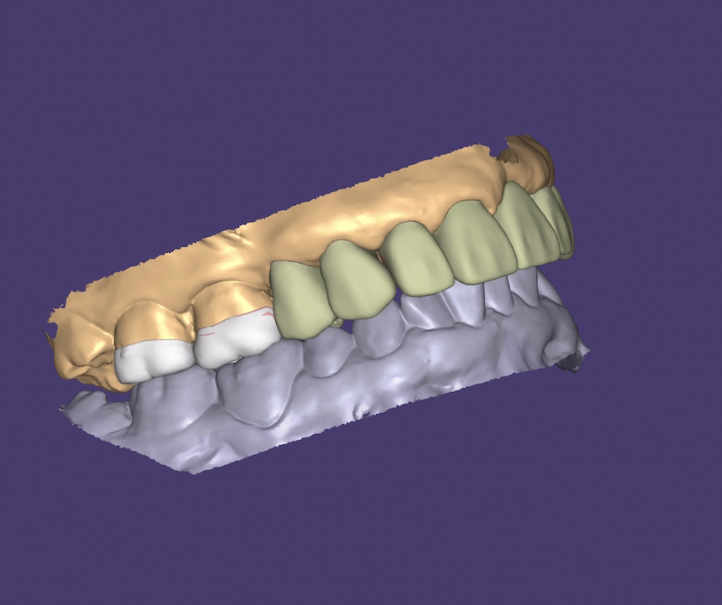Planning is very important in esthetic dentistry. Increasing patient expectations constantly demand materials and techniques used by dentists to develop. Esthetic Dentistry has some acknowledged final accounts and dentists should apply those rules insofar as the case permits. Even if it is sometimes difficult to explain this to our patients, these techniques and procedures are the result of years of research, analysis and experience.
In esthetic dentistry, it is important to make a 3D wax model called the mock up before carrying out any operations on the patient. Before taking action, the dentist identifies the right measurements, and models are made with computer-aided modelling. This model is fitted to the patient with various temporary materials and the dentist can determine if any adjustments need to be made. Transfering these scientific measurements to a model and later fitting them to a patient requires time and special materials. These are custom designs and therefore cost more than standard crowns.
Esthetic Dentistry
– Dentists have great scope to work artistically and they usually have a sophisticated sense of esthetics as part of their profession,
– Although the rules of esthetic dentistry remain constant, the techniques and materials used continue to develop.
– Today, esthetic dentistry is developing in line with preventive dentistry. “Getting a more natural look with less invasive cutting” is in greater demand.
Esthetic dentistry generally uses non-metal ceramics. The most primary non-metal ceramics are the zirconium porcelains. However, if they are prefered for esthetic reasons, dentists use them largely on the posterior teeth, as materials that have strong optical properties are used in that part of the mouth. Working on anterior teeth may necessitate the loss of the opaque appearance and this is dependent on the tooth cut and the ability of the technician.
Your dentist will decide on which ceramic or porcelain type should be used. Ceramics are chromatic materials used for dental esthetics. Properties such as luminosity, transparency and fluorescence can be perfectly reproduced. Therefore, it is very difficult to distinguish artificial teeth made with modern ceramic materials from the natural teeth.

